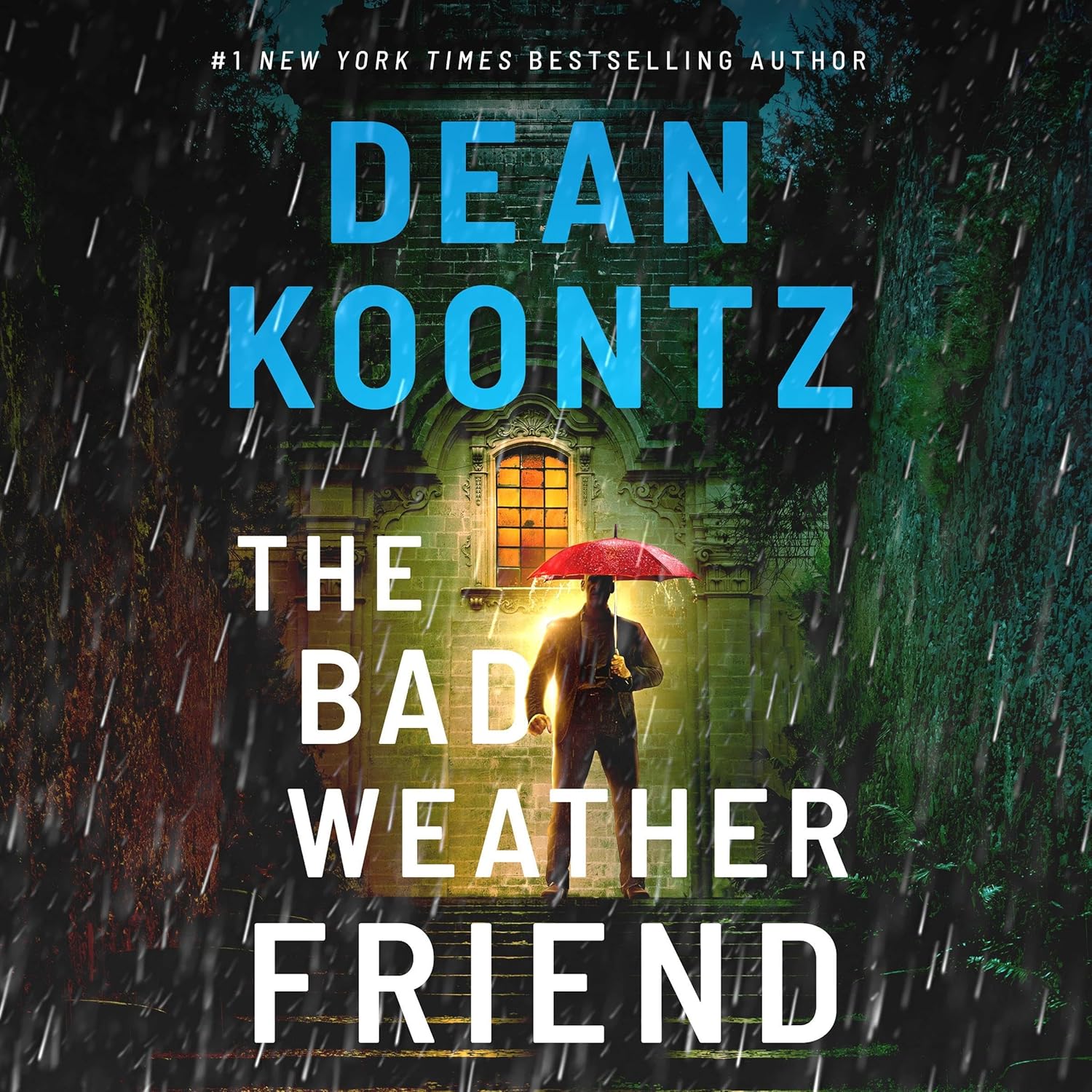As a long-time fan of Dean Koontz’s works, I was thrilled to dive into “The Bad Weather Friend.” The quirky premise of a perpetually optimistic character, Benny Catspaw, meeting a colossal guardian named Spike intrigued me right from the start. The combination of suspense and whimsical elements in Koontz’s novels has always captured my imagination, so I was eager to see how this story would unfold.
“The Bad Weather Friend” has Benny at its center, a character who embodies kindness and has truly faced a downward spiral when he loses almost everything he holds dear. The narrative takes a turn when he receives an unexpected inheritance, leading him to the shocking discovery of Spike, his seven-foot-tall ally, who promises to help him against the forces conspiring against him. I found the character dynamic here genuinely compelling, as it examines themes of good and evil while blending humor and action—a signature mix from Koontz.
One of the highlights for me was Koontz’s ability to infuse heartwarming moments amidst the chaos. Readers like Bethany T. echoed the book’s charm by calling it a “kitschy sci-fi masterpiece,” appreciating the clever character quirks and poignant reflections on societal issues. I was equally taken by the light-hearted contrasts and laugh-out-loud scenarios that arose even during Benny’s most challenging times. Characters were relatable and quirky, and Koontz’s humor offered a delightful balance to the eerie tension woven throughout the plot.
However, the novel wasn’t without its drawbacks. Many reviewers mentioned that the pacing felt uneven, and I found strains of this to be true as well. At certain points, a heavy reliance on intricate language detracted from the flow of the story. This was noted by V. Jones, who expressed how the overly ornate prose made immersion in the narrative more challenging. While Koontz’s vivid descriptions paint a vivid picture, at times, I felt they slowed down the pace unnecessarily, which led to moments where I lost connection with the characters’ urgency.
Additionally, some aspects of the plot, especially the flashbacks to Benny’s childhood, felt somewhat disconnected from the main narrative. The exploration of his time at Briarbush Academy lacked cohesion with his present challenges. The build-up to this storyline was intriguing, but it ultimately felt less impactful on his current conflicts than I had anticipated.
In terms of supernatural elements, while some readers enjoyed Koontz’s imaginative exploration, others found them strange. Personally, I appreciated the way Spike’s character added an unexpected twist, creating an engaging figure with both protective instincts and a menacing presence. The exploration of algorithms and their influence on people’s lives resonated with contemporary discussions surrounding technology and morality, enriching the narrative.
Overall, “The Bad Weather Friend” distinctly showcases Koontz’s signature blend of whimsy and profound philosophical musings. I valued how it challenged the notion of niceness and the complexities of being inherently good in a chaotic world. The engaging characters and lively adventure ultimately made this book a rewarding read, despite some pacing issues and occasional verbosity.
In conclusion, while the journey had its ups and downs, I would recommend “The Bad Weather Friend” to any Koontz fan or anyone interested in a thoughtful yet entertaining exploration of good versus evil. I left the book with a sense of hope that “niceness” could prevail, making it a thought-provoking addition to Koontz’s repertoire. I’d rate this novel a solid 4 out of 5 stars. I think it will resonate differently with various readers, but its imaginative elements undoubtedly make it a memorable experience.
“Embrace life’s unexpected twists with The Bad Weather Friend.” >>








